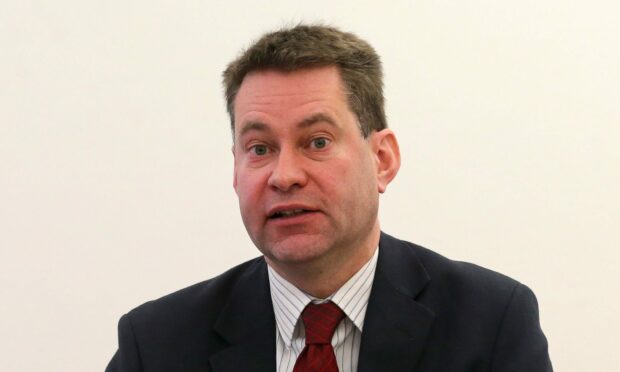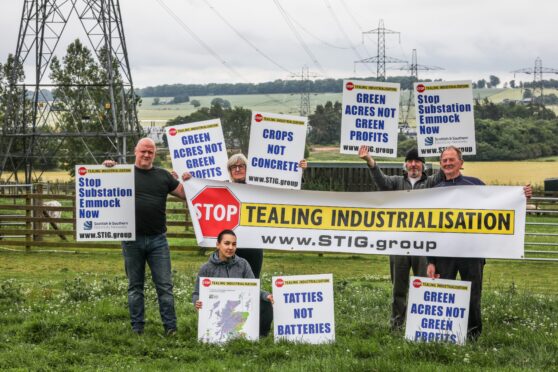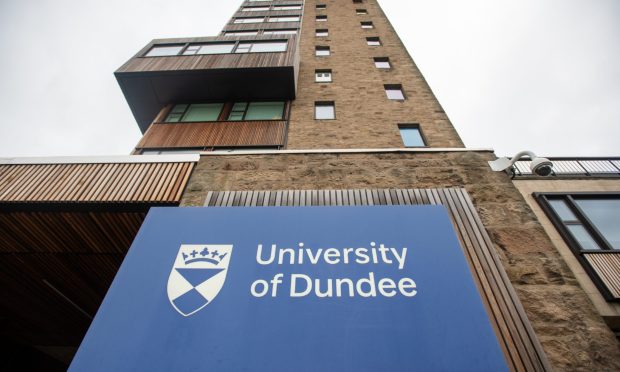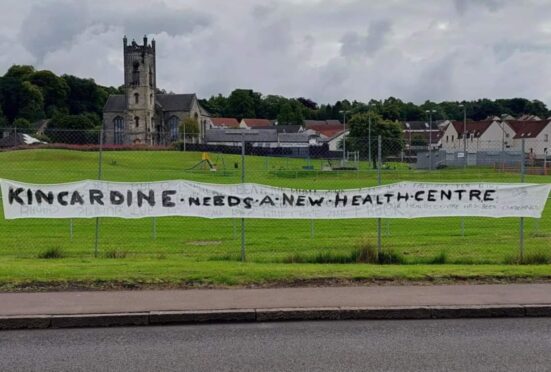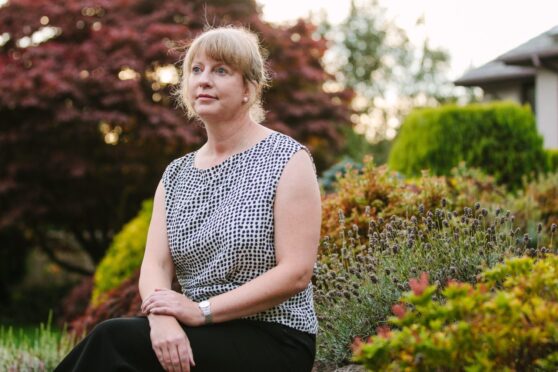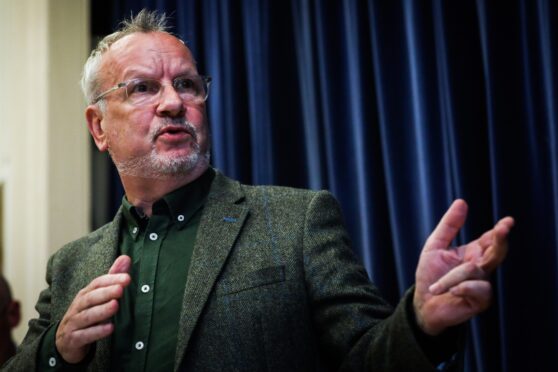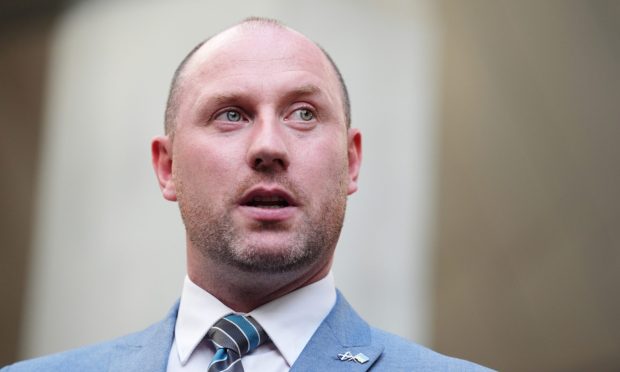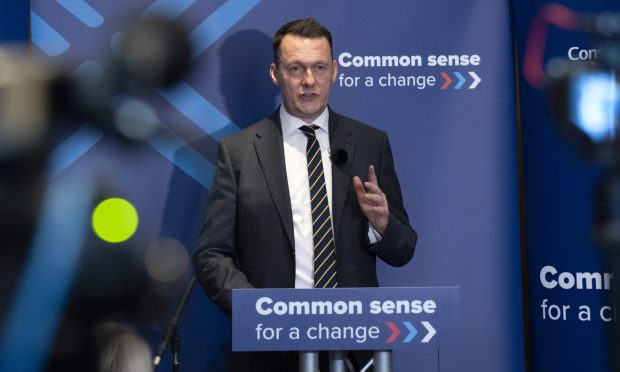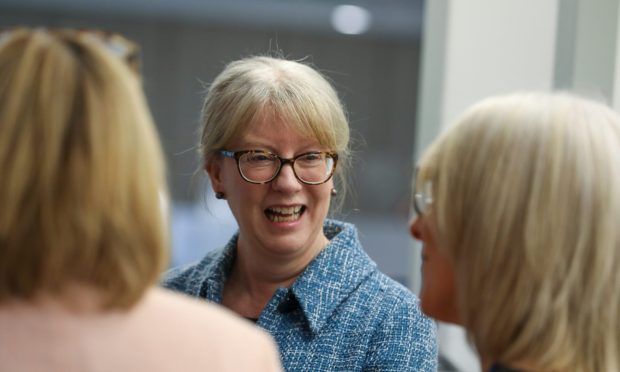A new property tax is stagnating sections of the housing market in Courier Country and reinforcing Scotland’s reputation as the highest taxed part of the UK, says a Tory MSP.
Murdo Fraser, who is on the Holyrood committee that has investigated the impact of the SNP’s replacement for stamp duty, said the new levy is also making less for the public coffers than expected.
The finance committee released a report today that says the land and buildings transaction tax has been “operationally successful” in its first year, but it is “too early to draw any definitive conclusions” on its impact.
Mr Fraser broke ranks at the committee to condemn the “punitive rates” of the LBTT.
Experts have given evidence to MSPs saying that LBTT has improved the prospects for first-time buyers. Others warned it has caused a slowdown in the top end of the market.
“This is particularly the case in areas like Tayside and Fife, where properties valued over £500,000 can be very slow to sell,” Mr Fraser said.
“The SNP’s changes have made it more expensive for house-buyers in Scotland than anywhere else in the UK, another sign that it is an anti-business, high-tax government.
“These high taxes have been demonstrated to result in a lower tax take for the Scottish Government, with residential LBTT raising £32 million less in the first year than expected.”
The committee has asked the Scottish Government to provide more detailed information on the impact of the new system.
A Scottish Government spokeswoman said the system is fairer than the UK version and is helping first-time buyers.
“The upper end of the Scottish housing market remains healthy, and our own analysis confirms that transactions in the £325,000 to £750,000 price band have maintained a similar share of the market in recent years,” she added.
House purchases in Scotland attract a 10% tax at £325,000, a rate which only kicks in at £925,000 over the border.
But buyers in Scotland will not pay any of the property tax on purchases up to £145,000, compared with £125,000 in England.
